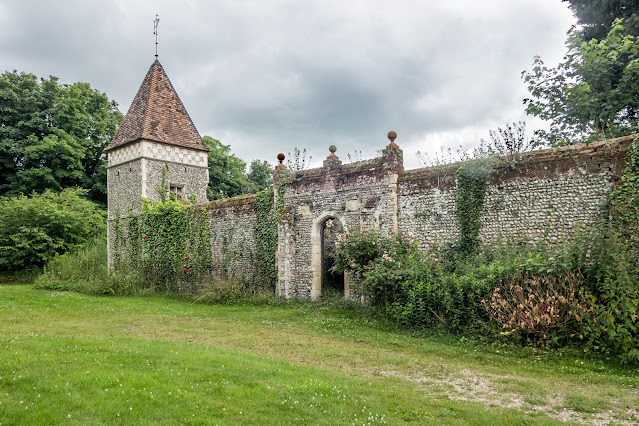Thomas Seckford and Woodbridge

On a walk around Woodbridge, it doesn't take long to realise that there is a name that crops up time and again - Thomas Seckford. It is remarkable that the life of one man, living in the turbulent Tudor era, should have had such an enduring impact on the town of Woodbridge and the surrounding area of Suffolk: an impact that is as powerful today as it has been down the centuries. Thomas Seckford was born in 1515 at Seckford Hall, the family seat outside Woodbridge which is now a luxury hotel. His country house was the Abbey, now the junior school for Woodbridge School. He built for the town the Shire Hall to serve as the local court, which it continued to do until the late 20th century and now houses the Council Chamber and the Foundation’s archives. For a time he owned the iconic Tide Mill, one of only two working tide mills remaining in the United Kingdom. Seckford was a prominent lawyer who served Queen Elizabeth I in a number of important judicial roles. He amassed a considerabl...



